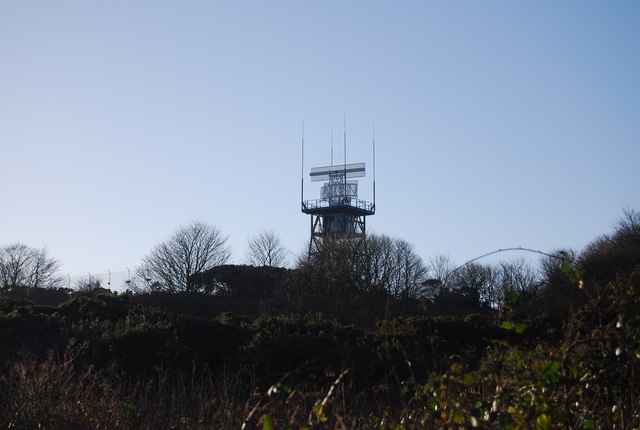Frogshall Plantation
Wood, Forest in Norfolk North Norfolk
England
Frogshall Plantation

Frogshall Plantation is a unique woodland located in Norfolk, England. Covering an area of approximately 250 acres, it is renowned for its diverse flora and fauna, making it a haven for nature enthusiasts and wildlife lovers.
The plantation boasts an impressive collection of over 30 different species of trees, including oak, beech, birch, and pine. These trees provide a rich habitat for a variety of woodland creatures such as deer, foxes, badgers, and a wide range of bird species. The tranquil atmosphere of the woodland is further enhanced by the presence of a gentle stream that winds its way through the plantation, providing a water source for the wildlife.
Visitors to Frogshall Plantation can explore its well-maintained network of walking trails, which offer panoramic views of the surrounding countryside. The trails are suitable for all ages and fitness levels, with options for shorter strolls or longer hikes. Along the way, visitors can discover hidden clearings, ancient monuments, and even a small pond teeming with aquatic life.
Frogshall Plantation is also home to a variety of rare plant species, including several orchids that bloom in the spring and summer months. Botany enthusiasts will delight in the opportunity to observe and learn about these unique plants in their natural habitat.
Overall, Frogshall Plantation offers a peaceful and educational experience for visitors, allowing them to connect with nature and appreciate the beauty of Norfolk's woodlands.
If you have any feedback on the listing, please let us know in the comments section below.
Frogshall Plantation Images
Images are sourced within 2km of 52.895614/1.3467347 or Grid Reference TG2538. Thanks to Geograph Open Source API. All images are credited.





Frogshall Plantation is located at Grid Ref: TG2538 (Lat: 52.895614, Lng: 1.3467347)
Administrative County: Norfolk
District: North Norfolk
Police Authority: Norfolk
What 3 Words
///splinters.natural.pulps. Near Overstrand, Norfolk
Nearby Locations
Related Wikis
Frogshall
Frogshall is a small hamlet within the civil parish of Northrepps in the English county of Norfolk. The hamlet is 5.2 miles (8.4 km) southeast of Cromer...
Northrepps
Northrepps is a village and a civil parish in the English county of Norfolk. It is 3.4 miles (5.5 km) southeast of Cromer, 22.2 miles (35.7 km) north of...
Sidestrand Halt railway station
Sidestrand Halt was a railway station on the Norfolk and Suffolk Joint Railway which briefly served the Norfolk coastal village of Sidestrand from 1936...
Sidestrand
Sidestrand is a village and a civil parish on the coast of the English county of Norfolk. The village is 23.7 mi (38.1 km) north of Norwich, 3.3 mi (5...
Nearby Amenities
Located within 500m of 52.895614,1.3467347Have you been to Frogshall Plantation?
Leave your review of Frogshall Plantation below (or comments, questions and feedback).












